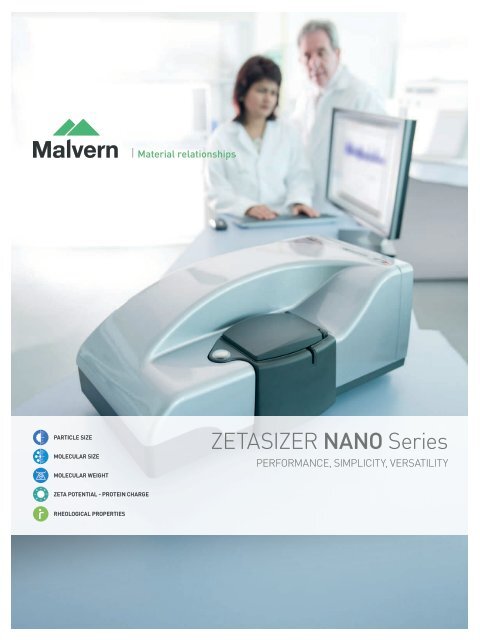

Moreover, particle size analysis is a key element, because many properties of nanomaterial are size-dependent.

Characterization of manufactured nanomaterials is one of the important areas to understand their potential environmental risks. The increased use of nanomaterials brings concerns for environmental risk with the potential release of nanomaterials into the environment. Nanotechnology is a rapidly developing field with the significant applications of nanomaterial in various industrial productions. In conclusion, the application of AF4 coupled with highly sensitive detectors could be a powerful method to characterize nanoparticles in natural waters. Consistent these results, AgNPs suspended in lake water containing relatively high concentration of organic carbon (TOC) showed higher particle stability and larger particle size (i.e., by approximately 4nm) than those in river water. It is also interesting to note that an increase in the particle size depended on the types of electrolyte, which could be explained by the conformational characteristics of the adsorbed HA layers. In addition, the hydrodynamic diameters of AgNPs in both electrolytes slightly increased with an increase of HA concentration, suggesting the adsorption (coating) of HA onto the particle surface. The fractogram peaks (i.e., stability) of three different AgNPs decreased in the presence of both 10 mM NaCl and 10mM CaCl 2, while increased with increasing concentration of humic acid (HA). In particular, the effects of electrolyte composition and natural organic matter (NOM) on the particle size and stability were evaluated. In this study, the fractionation and characterization of a mixture of polyvinylpyrrolidone-coated silver nanoparticles (PVP-AgNPs) of three different sizes were investigated using asymmetrical flow field-flow fractionation (AF4) coupled with UV-Vis spectrophotometry. The sizing of nanomaterials in real environments is challenging due to their heterogeneity and reactivity with other environmental components. More specifically, particle size analysis is a key element, because many properties of nanomaterial are size dependent. This is an opportunity to get a basic overview of dynamic light scattering and its applications from one of Malvern Panalytical’s Zetasizer experts.The development of methods to monitor manufactured nanomaterials in the environment is one of the crucial areas for the assessment of their risk. You will learn about how Dynamic Light Scattering works, including the generation and interpretation of the correlation function and how this is used to give particle size information. You should attend if you are working with or are interested in dynamic light scattering and would like an overview of the technique, including its benefits and limitations. Michael joined Malvern in 1996 as a product technical specialist and two years later was appointed in his current role, responsible for the product technical specialist and application groups based in the UK. He followed this with postdoctoral research into liposomal drug delivery at the University of Manchester. He has a PhD from the Polytechnic of Wales, where he studied the physical biochemistry of liposomes using nuclear magnetic resonance techniques.

Speaker Dr Mike Kaszuba is a technical support manager at Malvern Instruments. The webinar will take place on 1 February from 10:30 to 11:30 Easten US and Canada time.

In this presentation Dr Mike Kaszuba will summarise how the technique works, what its size and concentration limits are and discuss its advantages and disadvantages. The sensitivity of some modern systems is such that it can also now be used to measure the size of macromolecules in solution. Sometimes referred to as photon correlation spectroscopy or quasi-elastic light scattering, dynamic light scattering (DLS) is a technique classically used for measuring the size of particles typically in the sub-micron region, dispersed in a liquid.


 0 kommentar(er)
0 kommentar(er)
